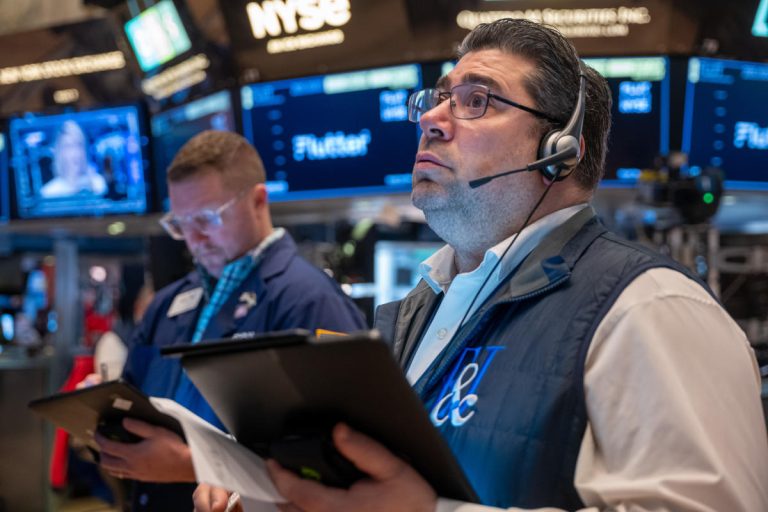U.S. consumer prices rose more than expected in January, according to the latest data from the Bureau of Labor Statistics released Tuesday morning.
Investors were watching the papers for clues about when the Federal Reserve would start cutting interest rates. Markets are currently pricing in a nearly 80% chance that the Fed will begin cutting rates in June, contrary to previous expectations that the Fed would begin cutting rates in May.
“This was bad news for those expecting the Fed to start cutting rates soon,” Eugenio Aleman, chief economist at Raymond James, wrote in response to the report, which had a stronger-than-expected response. Ta.
“The acceleration in core PCE is consistent with our view of the difficult path ahead,” said Ellen Zentner, chief U.S. economist at Morgan Stanley. “We think it will be higher overall than what we've seen to date,” he added. This acceleration will help delay the decision to start cutting interest rates until June this year. ”
Meanwhile, Citi warned that the impact of strong inflation is likely to weigh on recent stock market gains.
“While the strength in core CPI is not game-changing, it is likely to cause a short-term pullback,” said Stuart Kaiser, head of U.S. equity trading strategy at Citi. “On the back of strong growth data, it will be difficult for the Fed to cut rates as quickly as some investors had hoped, raising market concerns about an overheating scenario despite very restrictive policy.” right.”
“The pullback here should probably be around 2-4%, but that is limited to some extent by the fact that the economy is still very strong,” he said.
Stocks fell in early trading following the news, and the 10-year Treasury yield (^TNX) rose about 10 basis points to trade around 4.3%.


